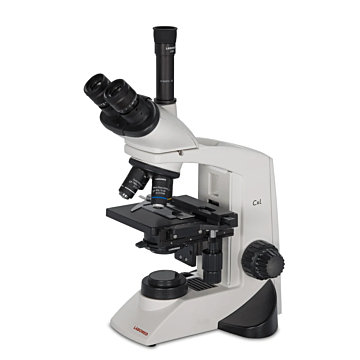Labomed Microscopes & Laboratory Equipment
Discover Labomed's quality line of compound microscopes, perfect for educational, clinical, or research use. The CxL series, available in binocular and trinocular configurations with 3 or 4 objectives, delivers versatile optical performance and robust build. With competitive pricing and easy ordering through Microscope.com, these Labomed instruments offer reliable clarity and value for professionals and institutions alike.














